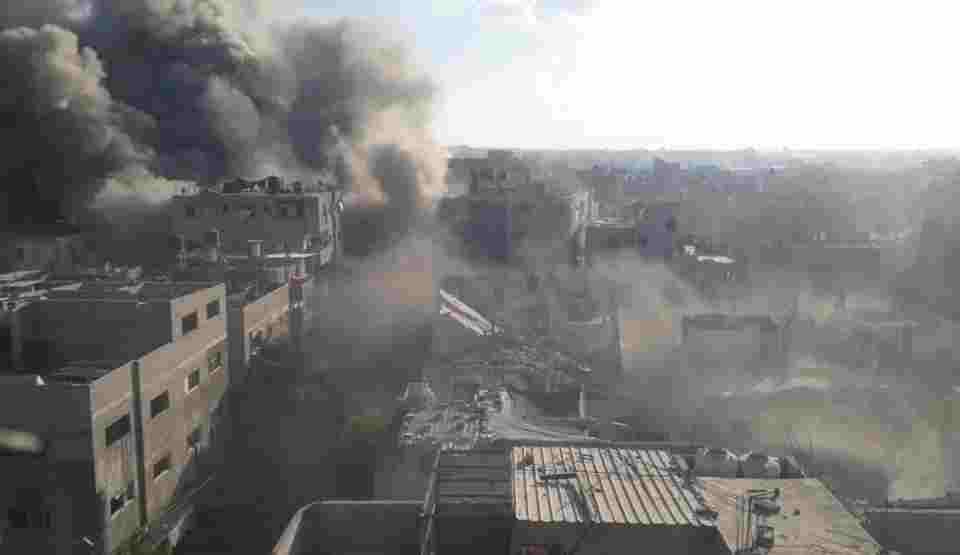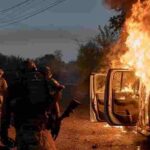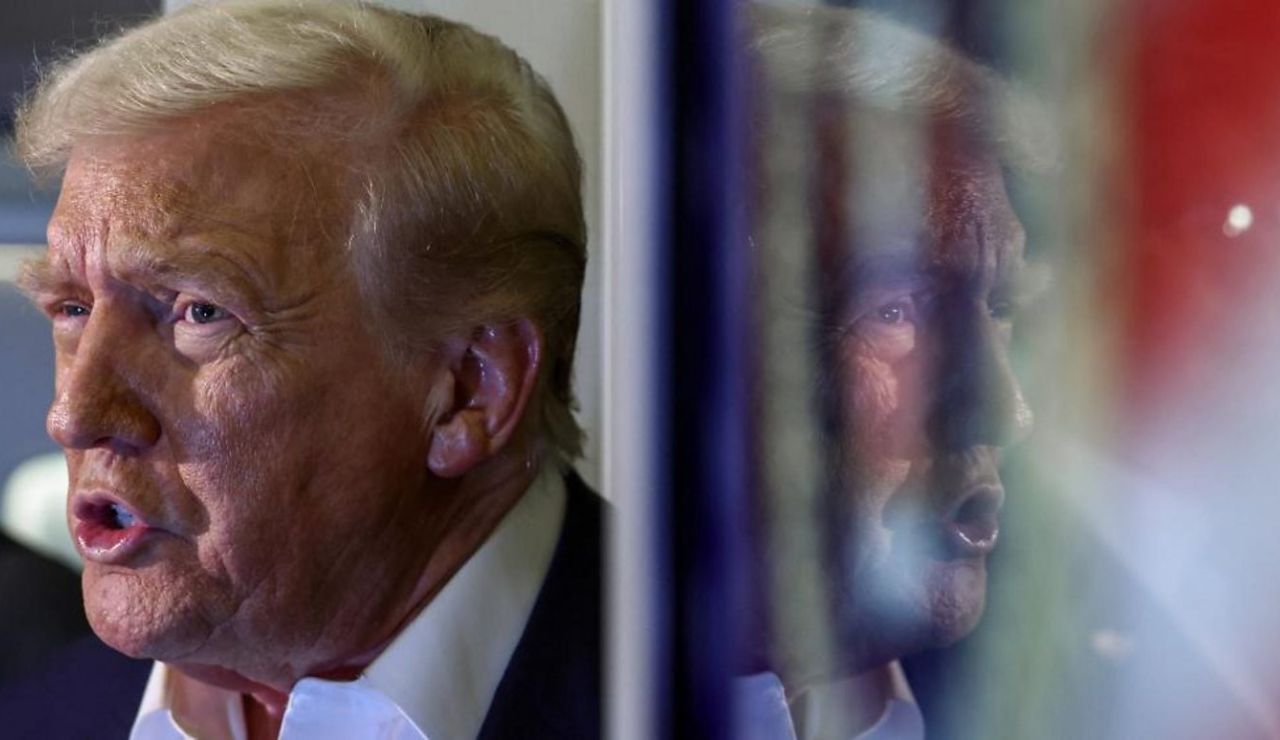The Israel Defense Forces blamed Hamas for the attack, though Hamas denied responsibility, claiming it had lost contact with fighters in the area since communications were severed in March. At least 45 Palestinians were killed in the retaliatory strikes, according to local hospitals, with casualties including both Hamas militants and civilians.
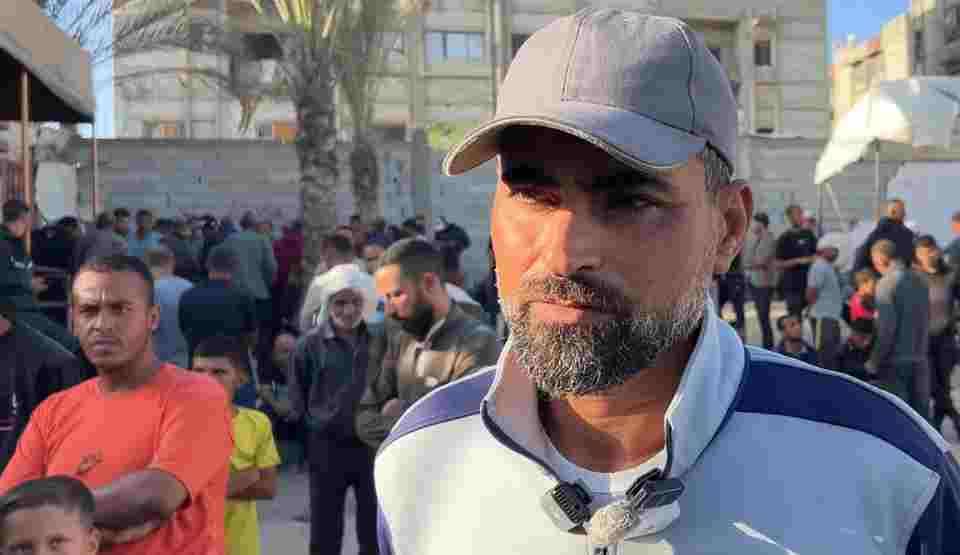
The crisis temporarily halted aid deliveries, but US pressure helped prevent the ceasefire’s complete collapse, and Israeli crossings with Gaza reopened Monday. Trump’s special envoys, Steve Witkoff and Jared Kushner, quickly returned to the region while Hamas negotiators met with Egyptian mediators in Cairo.
The incident exposed critical weaknesses in the ceasefire agreement. Israeli commentators noted its “vague wording” left significant issues unresolved, particularly regarding Hamas fighters in Israeli-controlled areas of Gaza, separated by a “Yellow Line” marking the division of territory.
Defense Minister Israel Katz issued an ultimatum demanding Hamas fighters leave Israeli-controlled zones immediately. The IDF deployed bulldozers with yellow markers to clearly demarcate the boundary after Palestinians expressed confusion about its location.
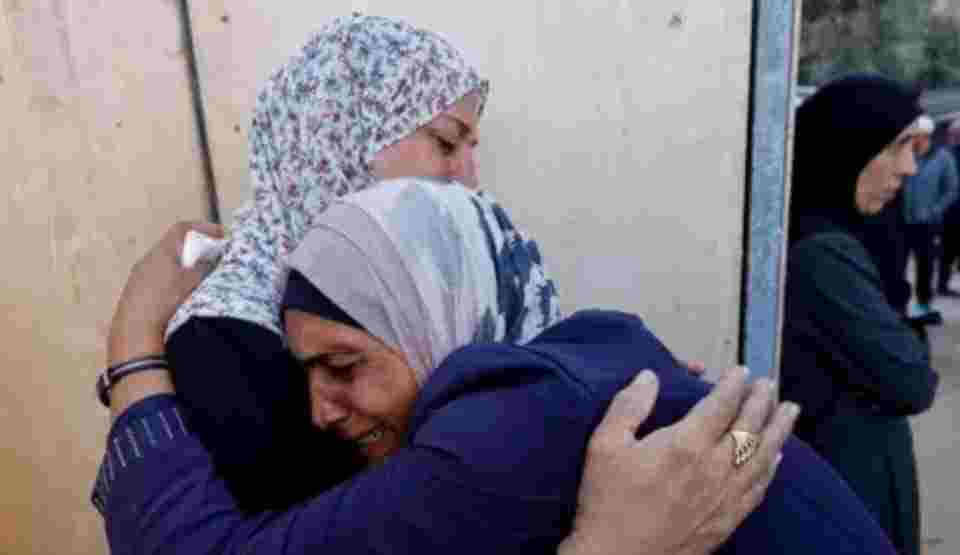
Trump’s second phase peace plan calls for an international stabilization force, eventual IDF withdrawal, and crucially, Hamas’s disarmament. However, Hamas spokesman Mohammed Nazzal indicated the group intends to maintain security control during any interim period, presenting a major obstacle.
The violence devastated families on both sides. Shadi Abu Obeid lost his 14-year-old son Mohammed in a strike on a tent, having allowed him out with friends for the first time since the ceasefire began.
Vice President JD Vance acknowledged the ceasefire’s instability, calling it nonetheless “the best chance for a sustainable peace.” Significant obstacles remain before lasting peace can be achieved.

